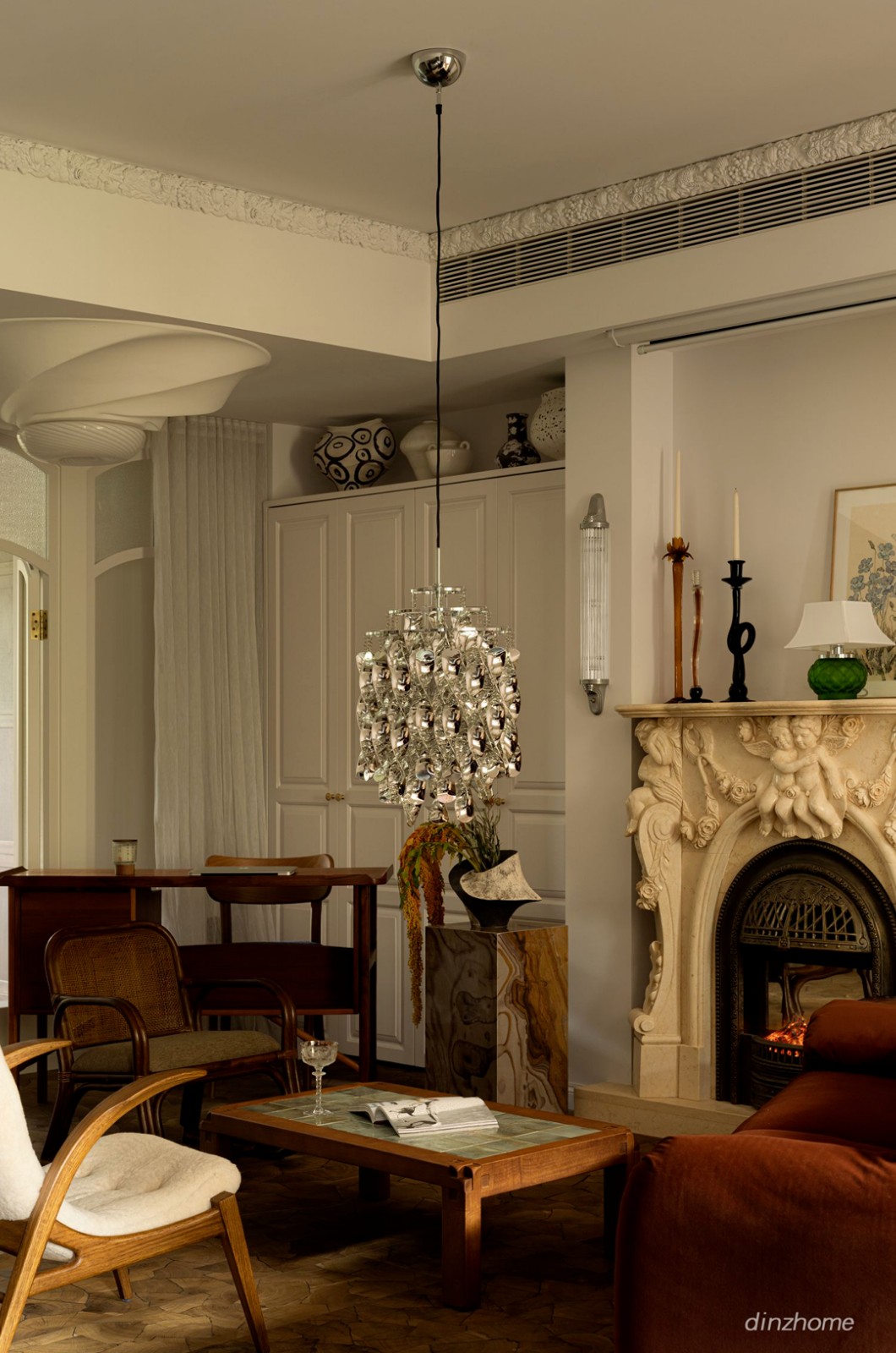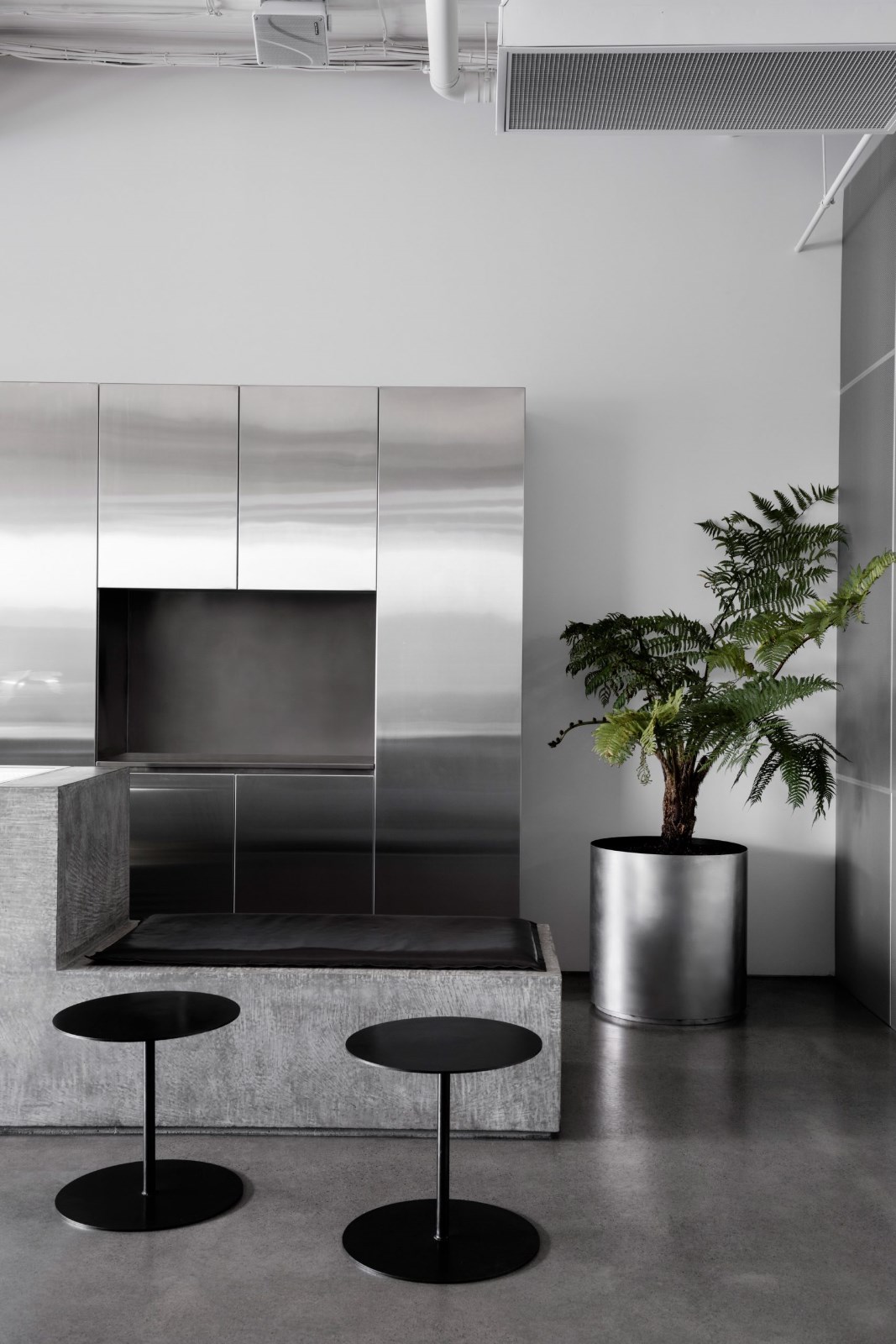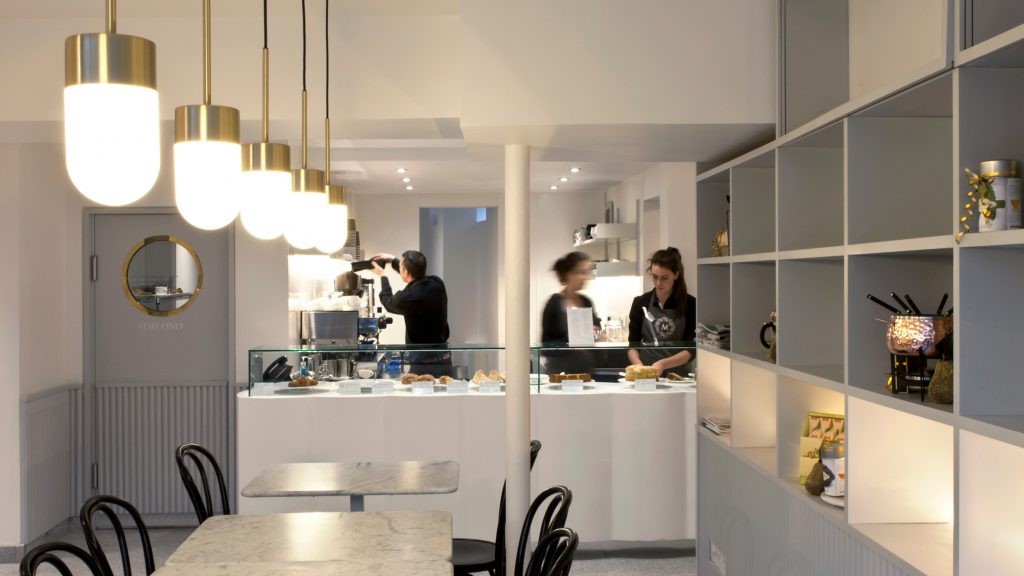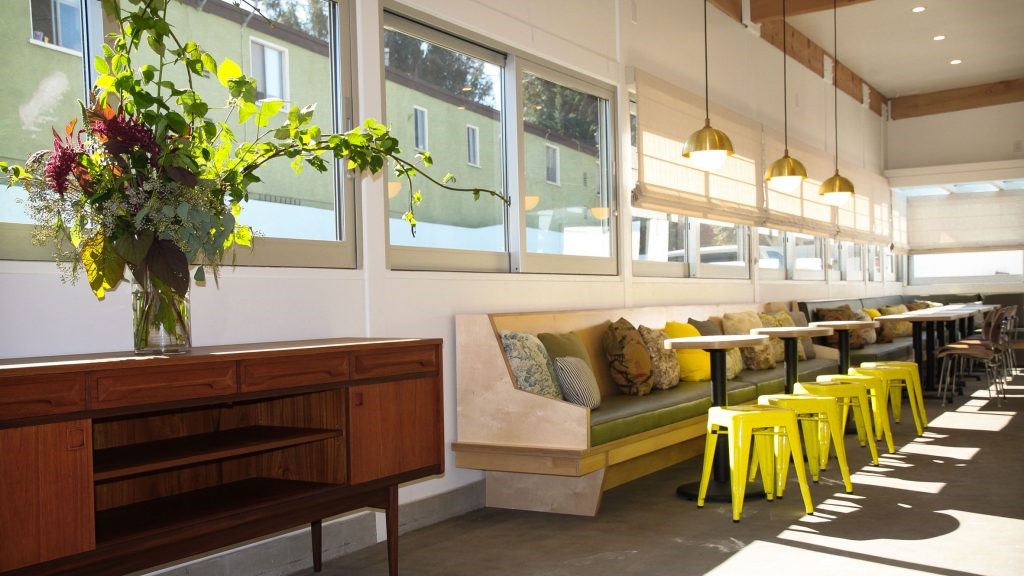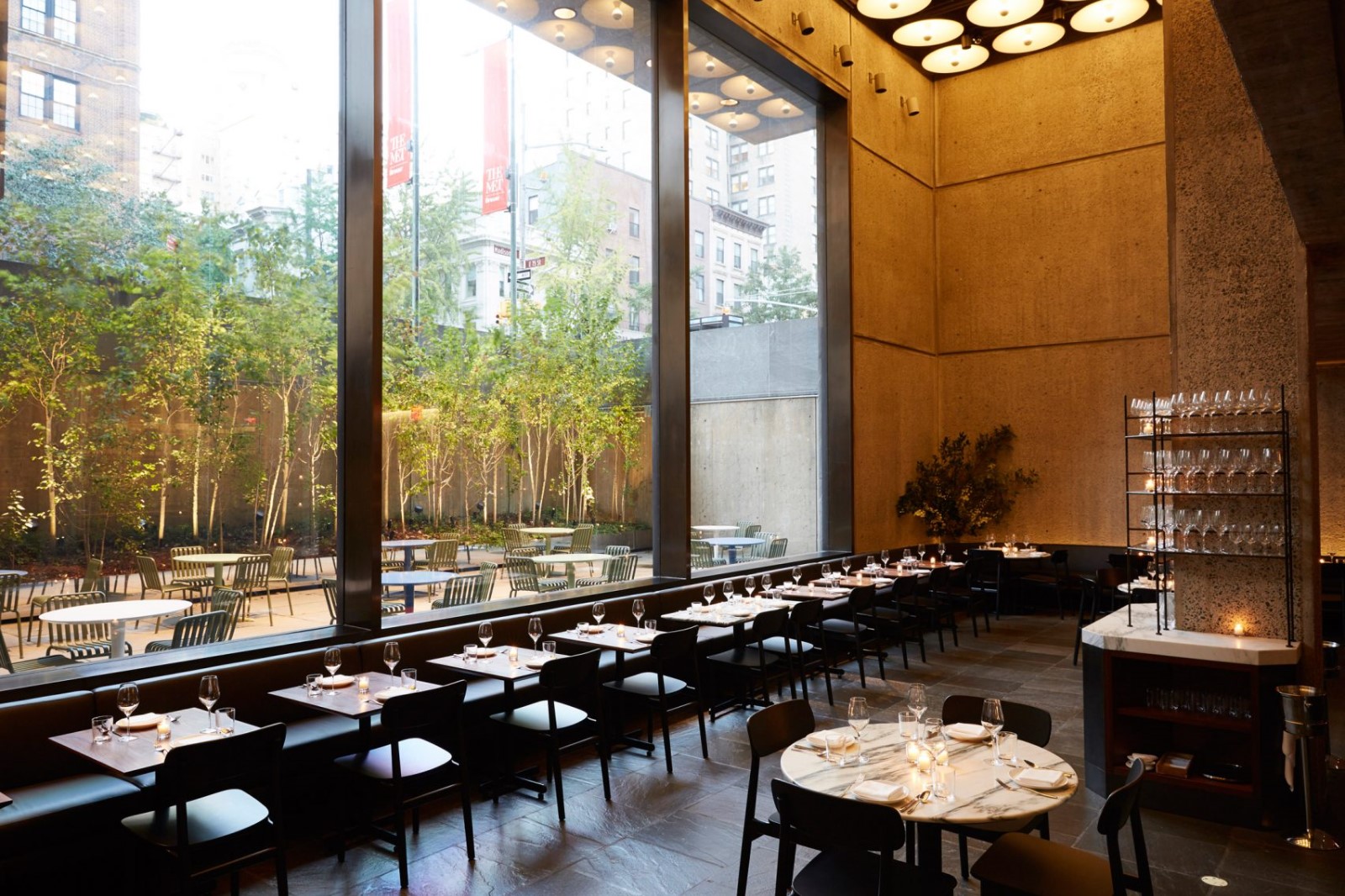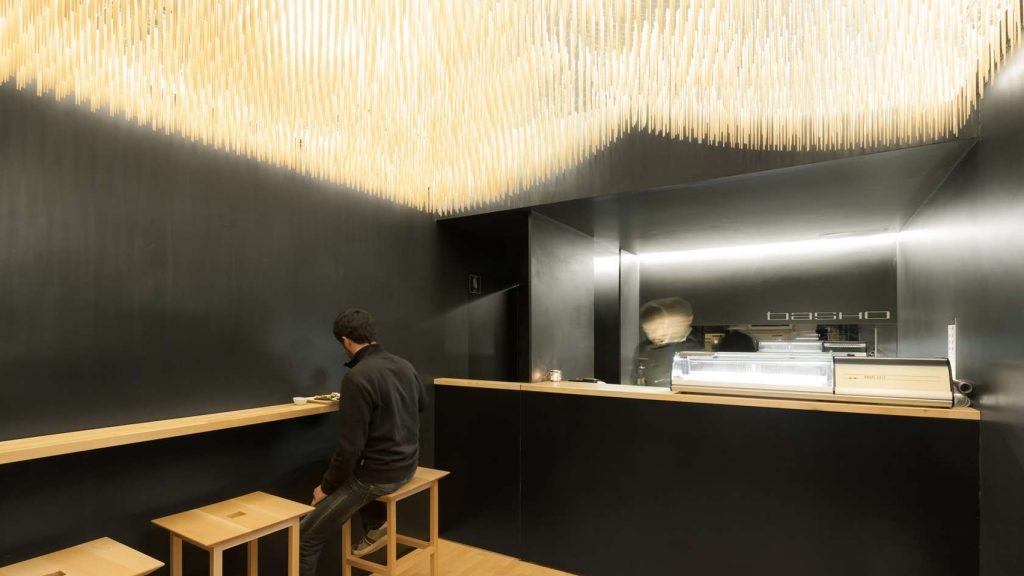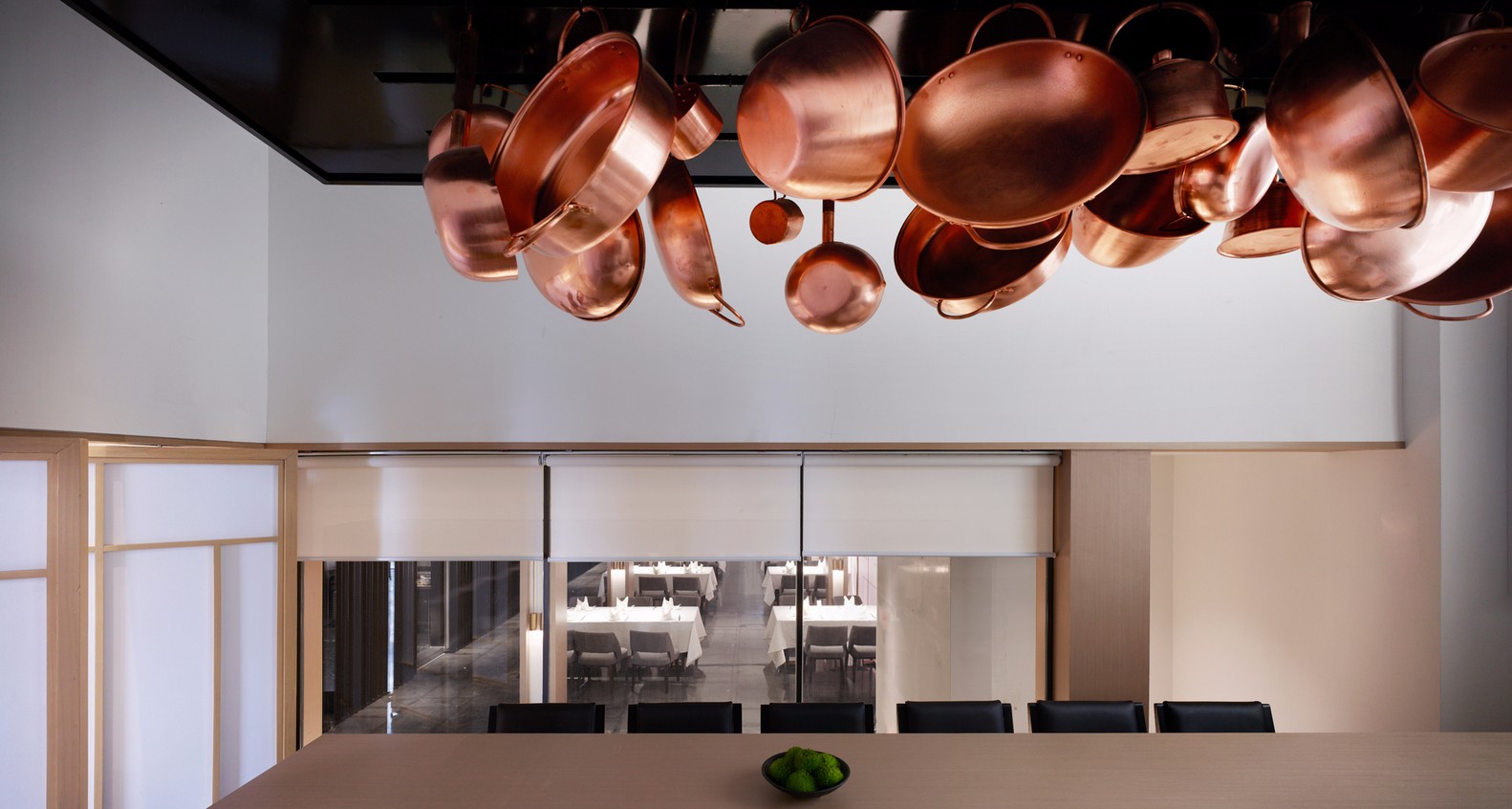Office Complex zaa zanonarchitettiassociati
2019-01-11 03:00
© Marco Zanta
c.马尔科·赞塔


架构师提供的文本描述。办公大楼位于一个曾经住过农场的地区,从70年代就开始活动,到2000年代初就停止了,它坚持拥有大约50.000平方米的房产,分为10件文物,总体积约为15.000立方米。
Text description provided by the architects. The office complex is located in a area once home to a farm, active since the 70s and ceased in the early 2000s, which insisted on a property of about 50.000 m2, divided into 10 artifacts for a total volume of about 15.000 m3.
Text description provided by the architects. The office complex is located in a area once home to a farm, active since the 70s and ceased in the early 2000s, which insisted on a property of about 50.000 m2, divided into 10 artifacts for a total volume of about 15.000 m3.
© Marco Zanta
c.马尔科·赞塔


项目区位于风景园林和基础设施连接的一个有趣的位置,这要归功于它在可膨胀的区域公园和高速公路和威尼斯机场附近的位置。
The project area is located in an interesting position both for landscape and infrastructure connections, thanks to its position within the Regional Park of River Sile and the proximity to the motorway and Venice airport.
The project area is located in an interesting position both for landscape and infrastructure connections, thanks to its position within the Regional Park of River Sile and the proximity to the motorway and Venice airport.
© Marco Zanta
c.马尔科·赞塔


该项目包括重新开发位于强烈自然主义路线上的一个地区,并涉及一个废弃和退化的农业区。这项行动之所以成为可能,是因为建立了一种创新的低影响活动,它可以成为未来景观恢复行动的原型,一种“零体积”的干预措施,在这种干预中,被拆除的建筑群的体积尺寸不会被新建筑超过。
The project consists in the redevelopment of an area located along a strong naturalistic route and concernes an abandoned and degraded agricultural area. The operation is made possible by the establishment of an innovative low-impact activity that could become a prototype for future landscape restoration actions, a "zero-volume” intervention, in which the volumetric dimensions of the demolished complex aren’t exceeded by the new constructions.
The project consists in the redevelopment of an area located along a strong naturalistic route and concernes an abandoned and degraded agricultural area. The operation is made possible by the establishment of an innovative low-impact activity that could become a prototype for future landscape restoration actions, a "zero-volume” intervention, in which the volumetric dimensions of the demolished complex aren’t exceeded by the new constructions.
© Marco Zanta
c.马尔科·赞塔


© Marco Zanta
c.马尔科·赞塔


恢复该地区的方案规定了恢复旧农舍和纳入新的容量:建筑物的位置与周围的景观相联系,与周围的农村和谐相一致。传统的形式和建造技术已适应最新技术,涉及植物与海拔之间的空间关系和历史建设文化的类型学要素:办公楼恢复了封闭农庄的观念,较小的建筑恢复了农村最低单元的矩形规划;倾斜的屋顶、常规的测速和基本的锋面保护了传统系统的特点,并结合了新技术要求的适当解决方案。
The program for the recovery of the area has provided for the restoration of the old farmhouse and the inclusion of new volumes: the buildings are positioned to communicate with the surrounding landscape, in line with the rural harmony that surrounds them. Forms and construction techniques of the tradition have been adapted to the most recent technologies, referring to the dimensional relationships between plant and elevation and the typological elements of the historical constructive culture: the office building regains the idea of the enclosed farmyard and the smaller buildings resume the rectangular plan of the minimum rural units; pitched roofs, regular forometry and essential fronts safeguard the peculiarities of traditional systems combined with appropriate solutions for new technological requirements.
The program for the recovery of the area has provided for the restoration of the old farmhouse and the inclusion of new volumes: the buildings are positioned to communicate with the surrounding landscape, in line with the rural harmony that surrounds them. Forms and construction techniques of the tradition have been adapted to the most recent technologies, referring to the dimensional relationships between plant and elevation and the typological elements of the historical constructive culture: the office building regains the idea of the enclosed farmyard and the smaller buildings resume the rectangular plan of the minimum rural units; pitched roofs, regular forometry and essential fronts safeguard the peculiarities of traditional systems combined with appropriate solutions for new technological requirements.
© Marco Zanta
c.马尔科·赞塔


办公大楼的特点是“C”型,中央庭院三面紧闭,面向河流和公园:内部的玻璃表面留下开阔的地平线,以浓密的河流植被为标志;相反,外部是完全封闭的,如果不是一些穿孔的墙壁部分,回顾乡村谷仓的建设性传统,可以看到周围的植被。
The office building is characterized by a "C" shape, with a central courtyard closed on three sides and facing the river and the park: the glazed surfaces of the internal sides leave an open view of the horizon, marked by a dense river vegetation; on the contrary the external sides are completely closed, if not for some perforated wall portions which, recalling the constructive tradition of the country barns, allow to glimpse the surrounding vegetation.
The office building is characterized by a "C" shape, with a central courtyard closed on three sides and facing the river and the park: the glazed surfaces of the internal sides leave an open view of the horizon, marked by a dense river vegetation; on the contrary the external sides are completely closed, if not for some perforated wall portions which, recalling the constructive tradition of the country barns, allow to glimpse the surrounding vegetation.
© Marco Zanta
c.马尔科·赞塔




© Marco Zanta
c.马尔科·赞塔


餐厅的体积很大,其特点是有一个与门面相匹配的三隔墙:不透明的后部,其目的是为了接近街道,由服务组成;全玻璃的中央部分设有厨房/柜台和餐厅;外部高原的末端,悬挂在地面上,面向河流,突出了与周围景观的紧密联系。户外区域被划分为提供厨房产品的小花园,符合低碳生活方式。
The stretched volume of the restaurant is characterized by a tripartition that matches the façade: the opaque rear part, in continuity with the aim to close the view towards the street, consists of the services; the fully glazed central part hosts the kitchen/counter and the dining room; the terminal part of the external plateau, suspended from the ground and facing the river, accentuates the strong connection with the surrounding landscape. The outdoor area is divided into small gardens that provide the kitchen products, in line with a low-carbon lifestyle.
The stretched volume of the restaurant is characterized by a tripartition that matches the façade: the opaque rear part, in continuity with the aim to close the view towards the street, consists of the services; the fully glazed central part hosts the kitchen/counter and the dining room; the terminal part of the external plateau, suspended from the ground and facing the river, accentuates the strong connection with the surrounding landscape. The outdoor area is divided into small gardens that provide the kitchen products, in line with a low-carbon lifestyle.
© Marco Zanta
c.马尔科·赞塔


整个地区的车辆交通被禁止:一旦汽车留在停车场的两个边缘,内部流通完全是行人,这一维度恢复了农村的时代和用途。
The vehicular traffic is interdicted in the whole area: once the cars are left in the car parks at the two margins of the parcel, the internal circulation is exclusively pedestrian, in a dimension that recovers the times and uses of the rural countryside.
The vehicular traffic is interdicted in the whole area: once the cars are left in the car parks at the two margins of the parcel, the internal circulation is exclusively pedestrian, in a dimension that recovers the times and uses of the rural countryside.
© Marco Zanta
c.马尔科·赞塔
























































Architects zaa zanonarchitettiassociati
Location 31056 Roncade, Province of Treviso, Italy
Lead Architects Mariano Zanon, Alessio Bolgan, Bruno Ferretti
Area 2.619 m2
Project Year 2016
Photographs Marco Zanta
Category Restoration
Manufacturers Loading...















